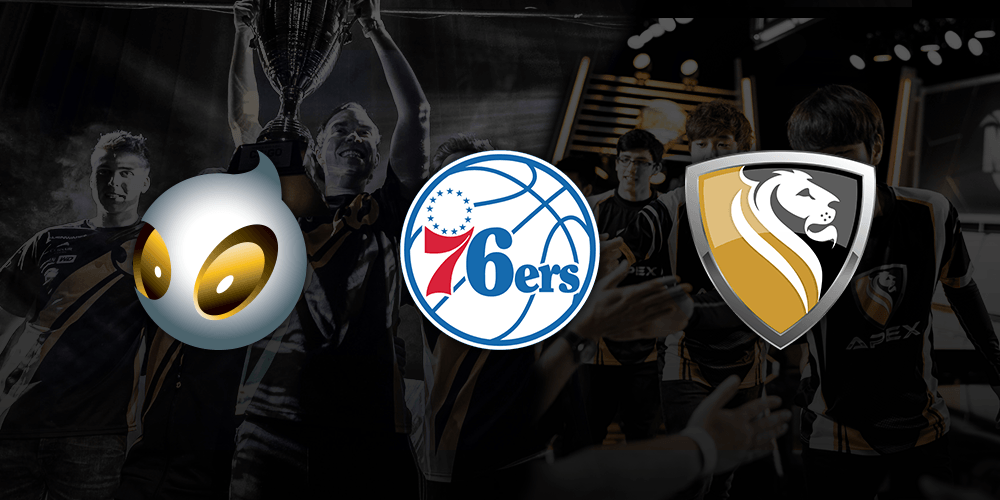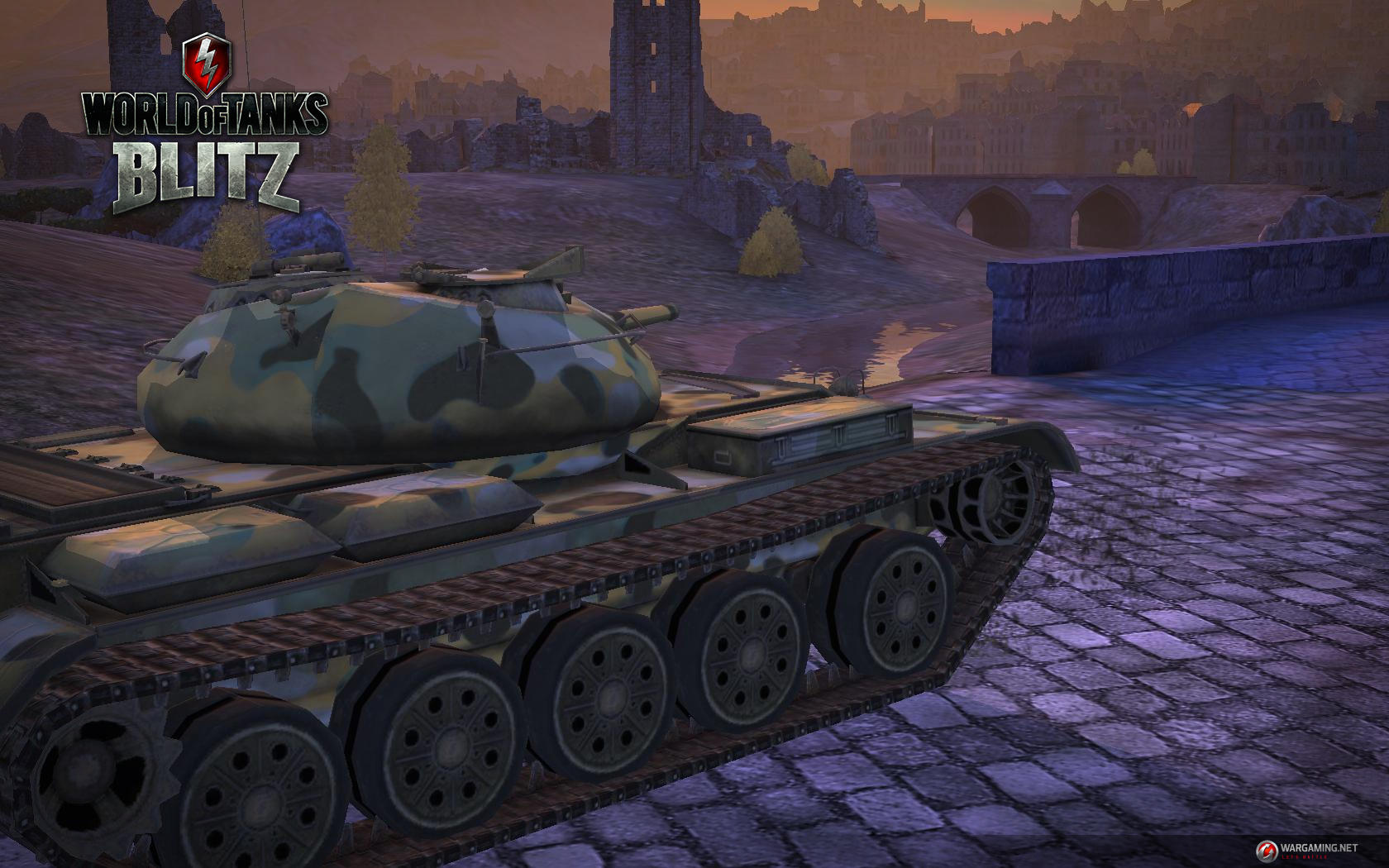Another day, another large eSports acquisition. On the heels of the Sixers acquiring Team Dignitas and Team Apex, investment group aXiomatic has taken a controlling interest in Team Liquid. The ownership group includes a “who’s who” list from entertainment (Peter Guber, Tony Robbins), sports (Magic Johnson, Ted Leonsis) and technology (Ted Case, Eric Lefkofsky).
With more than 50 players competing on 10 different teams, Team Liquid has been around for 15 years. The company has competitive teams across StarCraft 2, League of Legends, Dota 2, Hearthstone, Counter-Strike: Global Offensive, Heroes of the Storm, Overwatch, Halo, Street Fighter and Super Smash Bros. Melee.
Bruce Stein, an executive who has been CEO and COO of Mattel Toys, Sony Interactive Entertainment and Kenner Products (Hasbro), serves as CEO of aXiomatic. Stein told [a]listdaily that this investment group (full list below) has been strategically designed to not only help Team Liquid, but the entire eSports ecosystem.
“The purpose of the group was not focused on getting investor cash, as much as it was to improve the reach and aptitude for the company,” Stein said. “We looked for people that brought to the mix a compliment to what (Team Liquid co-founders) Steve Arhancet and Victor Goossens have achieved in eSports. We have people with tech investor experience and portfolios, we have people who understand sports, and we have people who understand how to monetize audiences.”
Stein said one of the goals is how to make the audience and gamer experience richer. The company will try to combine best practices and best people from across multiple industries to eSports.
“ESports is a new frontier,” Stein said. “We brought people in who can construct businesses suited for an authentic voice in this industry, which is approaching a billion dollars.”
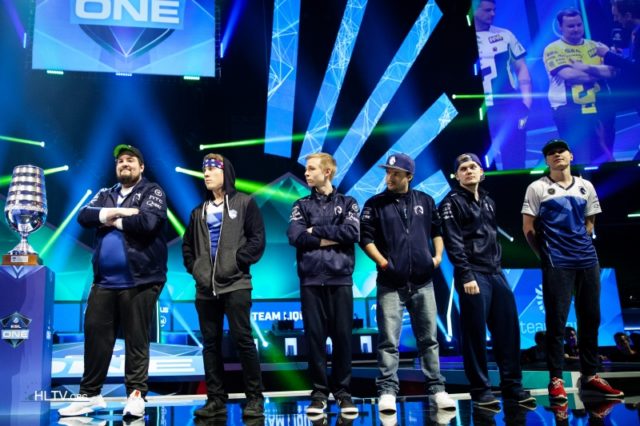
Stein said one area aXiomatic will be able to help is working with brands and sponsors. He realizes that this eSports audience requires authentic engagement.
“If you try to force fit a corporate sponsor in a world where it doesn’t seem authentic you’re probably going to get less of the positive brand reference than what you’re looking for,” Stein said. “We’ll experiment with different places where sponsors who want to embrace eSports can be part of that. You have to be clever about what’s a good fit.”
Stein believes there’s enormous potential to craft a relationship between brands and eSports and players and teams, especially given the digital landscape. ESports is, after all, the first “sport” born online.
“The immediacy for marketing communication without the lag time you have in a lot of other sports is powerful,” Stein said. “It’s the first real sport where the audience and players have immediate 24/7 access to their passion. It’s also a global audience that opens up a world of 24/7 participation. This is a fundamental change that the industry has yet to fully embrace.”
Stein said the investment group began searching for an eSports team to partner with 10 months ago. Their announcement the day after the Sixers’ move into the space isn’t what prompted their interest in eSports.
“We did it because we had a team and a group that we believed could be collaborative,” Stein said. “My background is in consumer products, technology and content, and I see a big consumer products opportunity for developing products for gamers. We have inventors and manufacturing capabilities to customize products for this space. Ted and Peter bring global brand experience. We think Steve and Victor are a great complement to the investor group to be able to build out other verticals.”
Stein said aXiomatic was created as a holding company for a number of eSports enterprises. He envisions a consumer products enterprise, and potentially another focusing on the commercialization of IP, where investors like Dick Clark Productions and NextVR could play a role.
“We think there’s still an opportunity to engage with this audience that hasn’t been commercialized before,” Stein said.
First out of the gate for aXiomatic is to bring all of the group’s skills to Team Liquid to build the teams they want to compete in the games they’re in.
“They can create team environments and the right atmosphere that will be attractive to top players because they’ll see all of the resources we have with people from the Nationals, the Wizards, the Cubs and the Dodgers that can talk about best practices they use with their teams,” Stein said. “There’s a lot of information to share and learn from.”
After aXiomatic has a good handle on what Steve and Victor need, Stein said the team will begin looking at other verticals.
“We created separate entities so we can speak to any of the eSports pro teams about new opportunities,” Stein said.
The investing co-ownership group includes:
Monumental Sports & Entertainment – Monumental own and operates professional sports teams such as the NHL’s Washington Capitals, NBA’s Washington Wizards, and WNBA’s Washington Mystics and the AFL’s Washington Valor
Magic Johnson – Hall of Fame basketball player and serial entrepreneur
Steve Case – Chairman & CEO Revolution, Co-Founder of AOL
Donn Davis – Co-Founder of Revolution and Managing Partner of Revolution Growth
Dick Glover – Representing Mandalay Sports Media and their current President and CEO, former EVP of ESPN, former CEO Funny or Die.
Tony Robbins – Entrepreneur, philanthropist, and life & business strategist
NextVR – Industry leading VR company specializing in live VR sporting events for FOX Sports, NBC Sports, HBO/Golden Boy, etc.
Alan Shapiro – CEO of Dick Clark productions
Mike Mahan – President of Dick Clark Productions
Lon Rosen – EVP, Chief Marketing Officer of the Los Angeles Dodgers
Tucker Kain – CFO, Los Angeles Dodgers and Managing Director, Guggenheim Baseball
Rick Welts – President, COO of the Golden State Warriors
Brandon Schneider – SVP Business Development of the Golden State Warriors
Kirk Lacob – Assistant General Manager at Golden State Warriors, Co-founder of imoji
Harry Tsao – General Partner of Juvo Capital, Co-founder of Juvo+
Paul Schaeffer – Vice Chairman, COO of the Mandalay Entertainment Group
Jason Sugarman – Founder, Chairman, CEO of Valor Group Holdings
Blake Byers – General Partner of Google Ventures (GV)
Chad Byers – Co-founder and General Partner of Susa Ventures
Mark Scher – Founder, Principal of Scher Investment Group
Jordan Rambis – VP Development IDW, tech/esports consultant
Fred Schaufeld – Managing Director SWaN & Legend Venture Partners
Zachary Leonsis – VP and General Manager of Monumental Sports Network
Eric Lefkofsky – Co-founder of Groupon, Innerworkings, Echo, Uptake Technologies and Lightbank
Brad Keywell – Co-founder of Groupon, Co-founder and Managing Partner of Lightbank, CEO of Uptake Technologies.
Lerner Enterprises – Managing principal owners of the Washington Nationals MLB team, Owners of Lerner Enterprises
Tom Kartsotis – Founder, CEO of Bedrock Manufacturing (owner of Shinola and Filson), founder of FOSSIL
Russ Ramsey – Chairman, CEO of Ramsey Asset Management, co-founder of investment firm Friedman, Billings, Ramsey
Jeong Kim – Chairman of Kiswe Mobile; Former President of Bell Labs
Mark Ein – Chairman of Kastle System, CEO Capitol Acquisition Corp, Founder and Owner of World TeamTennis franchise the Washington Kastles
Crane Kenney – President Baseball Operations, Chicago Cubs
Larry Barden – Chair, Management Committee at Sidley Austin LLP
Dhani Jones – Entrepreneur; Investor; TV Host; Former NFL Linebacker
Tony Nader – Managing Director SWaN & Legend Venture Partners
Paul Strauss – EVP Mandalay Pictures
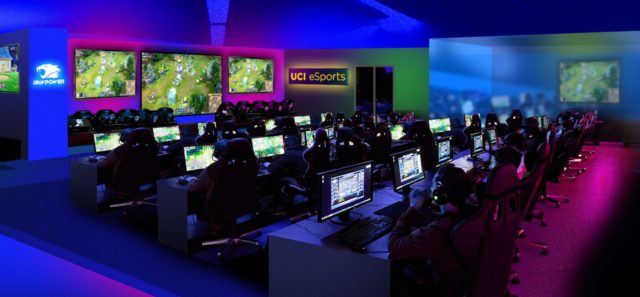

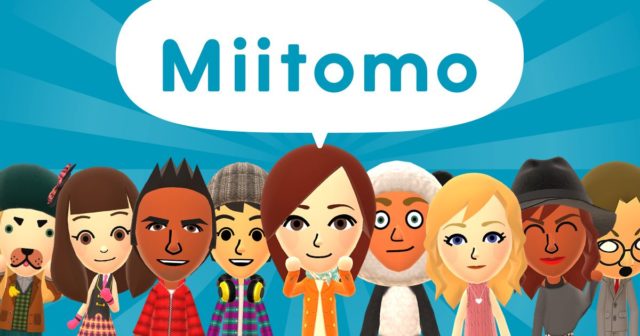
 The expansion from social app to camera company makes sense—offering Snap Inc. a way to capitalize on photography, the very thing that drives its brand. Although the company has yet to reveal other products just yet, the Spectacles give us a good idea of where the brand is headed.
The expansion from social app to camera company makes sense—offering Snap Inc. a way to capitalize on photography, the very thing that drives its brand. Although the company has yet to reveal other products just yet, the Spectacles give us a good idea of where the brand is headed.


